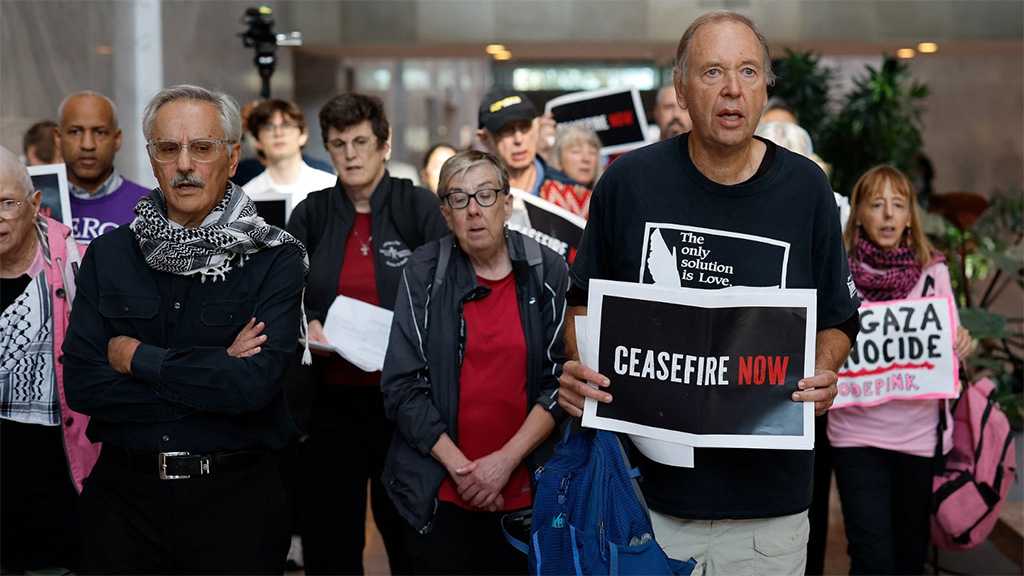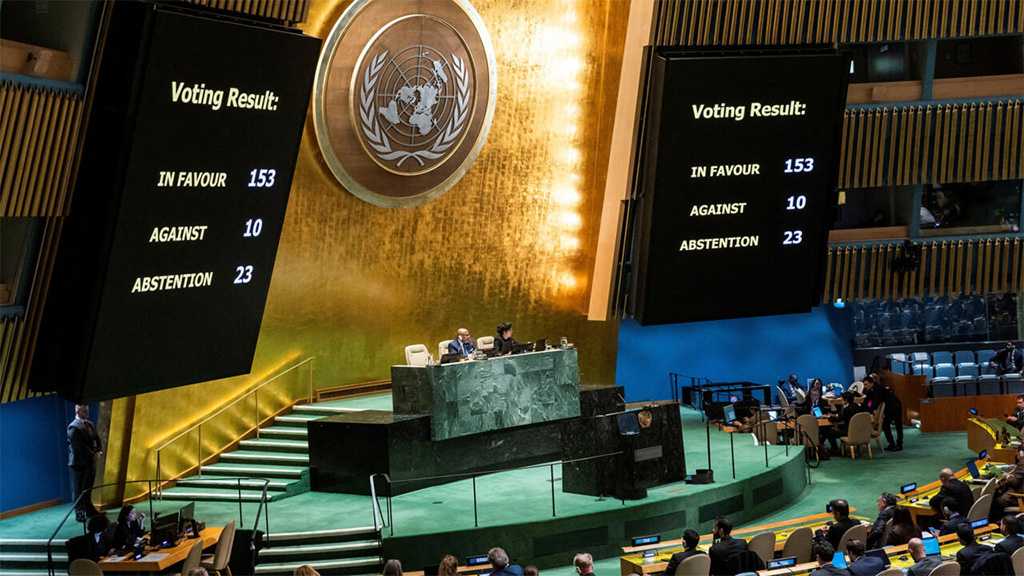
A Legacy of Torture: Inside Lebanon’s Khiam Jail
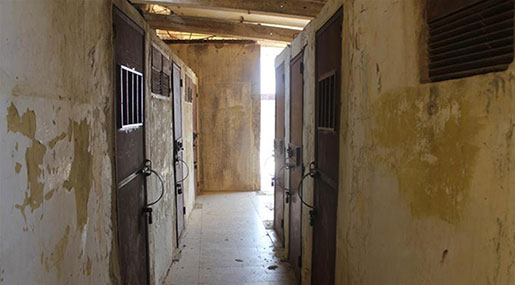
Lizzie Porter
Ahmed Hussein al-Amine, a stout man in a checkered shirt and yellow baseball cap, stands atop a rusting ‘Israeli' tank, fixing the Hezbollah and Lebanese flags that fly from it. The banging of his hammer rings through the breeze.
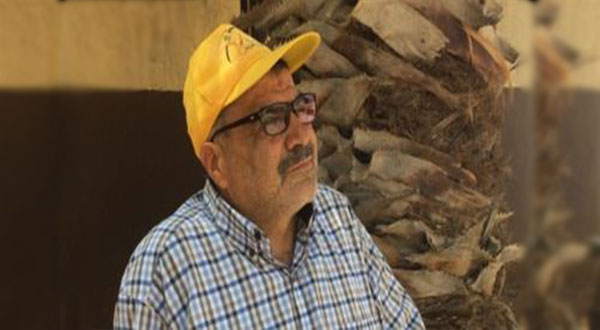
"I have lot of work to do today," Amine tells Al-Jazeera.
The tank and other military vehicles stand within a complex of crushed buildings. Roofs lie concave on the ground; breeze block walls have been smashed into hundreds of pieces. Tangles of metal reinforcements and barbed wire surround them like perverse Christmas garlands.
This is Khiam detention center - at least what remains of it. Once a French army barracks, in 1985 it became a prison and torture center run by the ‘Israeli' proxy militia, the South Lebanese Army [SLA].
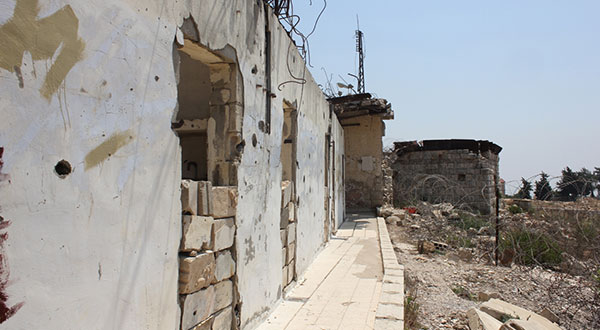
Some 5,000 prisoners passed through its cells before ‘Israel' left southern Lebanon in May 2000. The remaining 144 detainees, including Amine, were then freed.
With the backing of Lebanon's Hezbollah resistance group, Khiam became a memorial to those who suffered and died at the hands of the SLA and ‘Israel'. But in the summer of 2006, during the 34-day ‘Israeli' onslaught against Lebanon, ‘Israeli' planes bombed the remains of the site and the neighboring village.
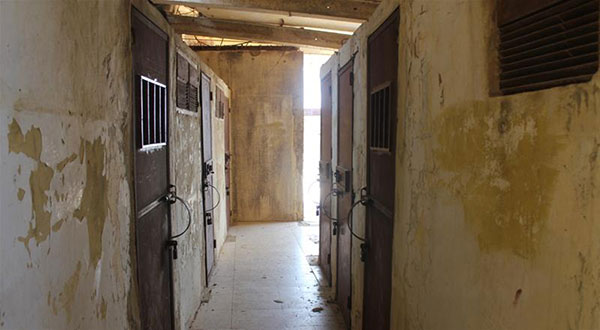
"Prisoners were kept naked and splashed with hot and cold water, and subjected to electric shocks," he tells Al-Jazeera. "They then had salt put in their wounds." There were no court proceedings or charges brought against him during his detention, Amine adds.
"The address, Khiam detention center, is a terrible address," he says. "The importance of this place is showing that the ‘Israelis' occupied Lebanon and tortured us."
Amine, who still lives in Khiam village, was at one point kept in solitary confinement for five months. The solitary cells are each about a meter square, with dark brown, heavy metal doors. Sliding metal openings provide the only source of light.
Women were also kept at Khiam - around 500, by Amine's estimation.
"I was once kept in Room Four, opposite where the women were kept," he recalls. "I could hear them talking to each other. I couldn't hear exactly what they were saying, just odd words and screams."
He is certain that ‘Israeli' forces razed the site in 2006 "to destroy what was showing their malice and torture". Yet tourist numbers remain robust: Up to 500 visitors pass through the site in a typical weekend, including American, European, British and Lebanese citizens, Amine says.
On a blazing, humid August day, a group of four young Lebanese men tour the site.
"This is part of Lebanese history and we came here to see what happened," says Youssef, a visitor from the West Beqaa region. This is their second visit to Khiam; they previously saw it before the July 2006 war.
"It is completely destroyed now," says Samir. "[‘Israel'] destroyed it so people don't know what they did."
Shell cases have been propped among the ruins in an artistic manner. Visitors snap photos with the rusty ‘Israel'i army trucks and tanks topped with Hezbollah and Lebanese flags.
The site serves as a reminder of southern Lebanon's oft-forgotten conflicts.
The local team of managers and survivors of Khiam want to rebuild the site and develop a larger memorial, to ensure the memories never fade.
"The prison is destroyed now ... We are soon going to instigate a great new project," Amine says. "The project includes details on the destruction and how the site was before."
However, such redevelopment could make the site a target in a potential new confrontation with ‘Israel'. Although Hezbollah Secretary-General His Eminence Sayyed Hassan Nasrallah has suggested that ‘Israel' would be unwise to test Hezbollah's capabilities, analysts say the outcome of such a confrontation would be unclear...
‘Israel' has always distanced itself from direct involvement at Khiam prison, insisting it was under SLA management. But a Human Rights Watch report released in 1999 said that an ‘Israeli' war ministry affidavit confirmed that ‘Israeli' intelligence agents had "direct involvement with Lebanese interrogators at Khiam".
The SLA collapsed after ‘Israel's' withdrawal from southern Lebanon. Its leader, General Antoine Lahd, fled to France, where he died in September 2015.
Back at Khiam, Amine says the legacy of torture he endured during his years in prison continue to haunt him to this day: "From the electric shocks, there is still pain."
Source: Al-Jazeera, Edited by website team
Comments

